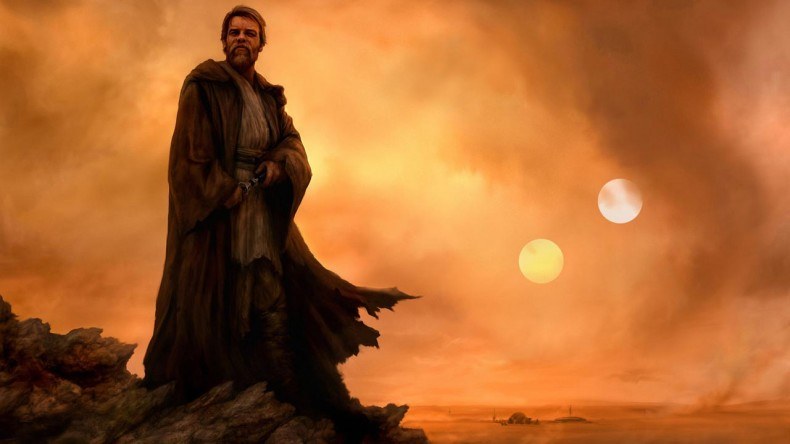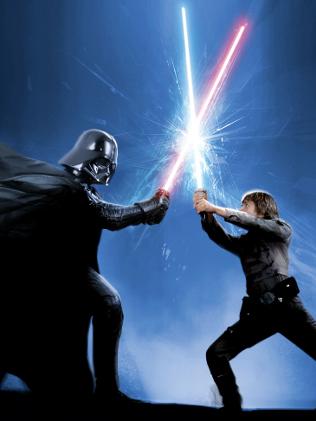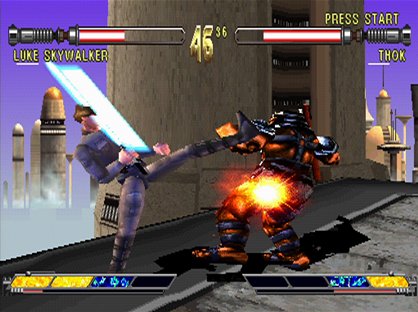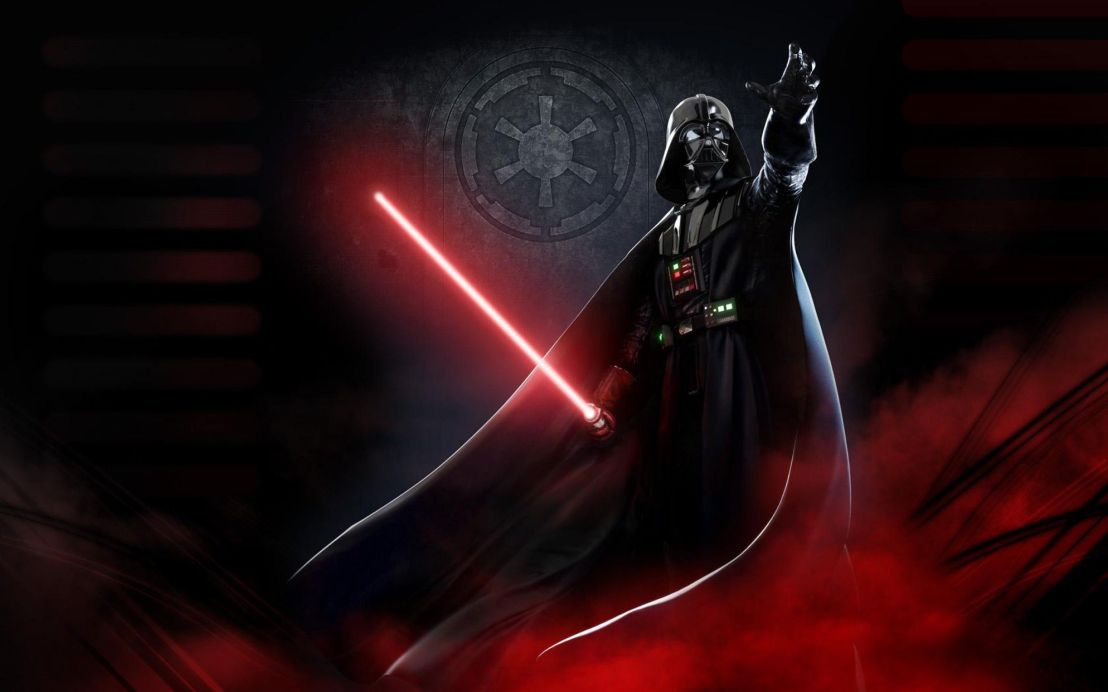![]()
For me, horror in the last couple of years has been all about the smaller, obscure films.
That isn’t meant to come off as snobbish or exclusive-minded. Truthfully, I look forward to every horror movie as a chance to experience something original, poignant, or just plain terrifying. I’m a hopeless optimist when it comes to new and emerging horror. I have also adopted a broader definition of the genre to allow excellent films like Don’t Breathe and The Green Room, often considered merely thrillers, to be included. Unfortunately, far too many of the horror films being churned out right now – even those coming out of smaller studios at lower budgets – haven’t been particularly inventive. When I reflect on the absolute best stuff I’ve seen – flicks like It Follows, Southbound and The Void – it seems as if the best of the genre is being regulated to the margins of filmmaking and production, as if the studio heads cannot wrap their minds around more abstract, inventive horror.
The Autopsy of Jane Doe is one of those smaller films that has the potential to fall through the cracks. Hopefully however, through strong word of mouth, it can rightfully become a cult classic as it is a clear and shining example of what more imaginative, intriguing horror can accomplish, even when its creators are operating on a relatively modest budget.
Directed by Norwegian filmmaker André Øvredal, whose previous credits include the interesting faux-documentary Troll Hunter, The Autopsy of Jane Doe is minimalist horror at its most effective. The entirety of the film takes place in a family-owned morgue run by Tommy Tilden (played by the always reliably superb Brian Cox) and his son Austin (Emile Hirsch). Tommy is portrayed as an unwavering professional, intently serious about the coroner work he performs. By contrast Austin, while competent, clearly has doubts about continuing the family business and this unspoken tension hangs in the air between father and son. Amidst this subdued family drama, the delivery of an unidentified woman’s body by the local sheriff – recovered from a gruesome and mysterious crime scene – requires their immediate attention and both men begin a late-night autopsy to determine the cause of death.
![]()
As they progress, they rapidly discover various physical anomalies about Jane Doe that would seem to belie her expired state. It isn’t long before they uncover increasingly bizarre evidence that the nameless woman on their table is something more than an inert cadaver.
It’s difficult to go into more detail without spoiling the well-crafted tension of the narrative and ruin the various twists and intrigue. What I can comfortably state is that The Autopsy of Jane Doe is an effectively creepy and taut horror film that gets considerable mileage from an interesting premise. Most notably, the decision to have strange, frightening and potentially paranormal commotion occurring amidst two men whose job it is to dissect the dead is an interesting conceit. Clearly, neither of these characters – especially Tommy – are queasy or easily rattled, yet their stoic, clinical demeanors dissipate in the presence of something they cannot fully explain or account for. Eventually, these men of science and logic are forced to confront something that exists well outside their scope and understanding. The result is that Autopsy is an especially fantastic example of character-driven horror.
Another aspect that impressed me about this film was – unlike so many contemporary horror movies that feel the need to unleash a hefty torrent of exposition – The Autopsy of Jane Doe has enough respect for the intelligence of the viewer to keep things ambiguous and, subsequently, mysterious. Although the viewer has a solid idea as to what has happened at the conclusion of the film and why, there is room for the unexplained to tickle the back of the brain and give us a sense of broader, unseen machinations. And that is much creepier than a lengthy, laborious explanation of the sort so often foisted onto viewers of these types of genre films.
![]()
Ultimately, The Autopsy of Jane Doe succeeds because it is a smart, tightly constructed and genuinely scary film buoyed by a small but talented cast and an intelligent script that assumes its audience is equally bright. In many ways, this film is the antithesis if not an outright refutation of the current pool of mainstream horror films, many of which focus on only on spectacle, shamelessly recycle predictable and well-worn tropes, and are often shameless derivative. By contrast, The Autopsy of Jane Doe is starkly original and manages to evoke fear and dread by venturing into new territory in both subtle and inventive ways.
The Blu-ray transfer, done by the always reliably excellent Shout Factory!, is gorgeous, with sharp, poignant colors and an overall excellent picture quality. The only complaint is that the disc is incredibly barebones; the only extras are a handful of promotional trailers which is disappointing considering the quality of the film. At the very least I would have appreciated a commentary track from the director on how he pieced the film together. Here’s hoping we’ll get a more robust edition of this film down the line. Regardless, The Autopsy of Jane Doe is worth your time and money and I cannot recommend it enough, especially to those horror aficionados dissatisfied with the endless glut of mediocre zombie flicks and puerile, PG-13 horror.
![]()







